About ER Battery?
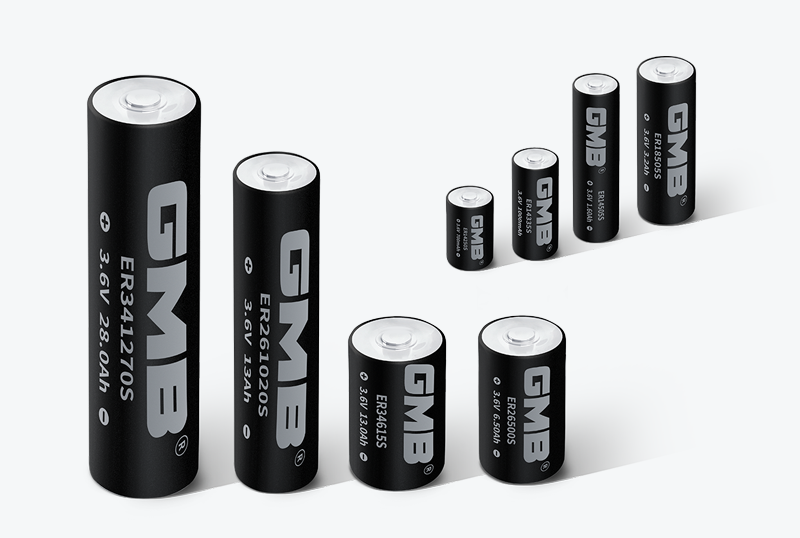
What is the difference in manufacturing process between ER common battery and ER high temperature battery?
For ordinary batteries, aluminum-plastic film is used as the casing packaging material.
For high-temperature batteries, the outer casing is made of high-temperature-resistant black leather.
Expand knowledge
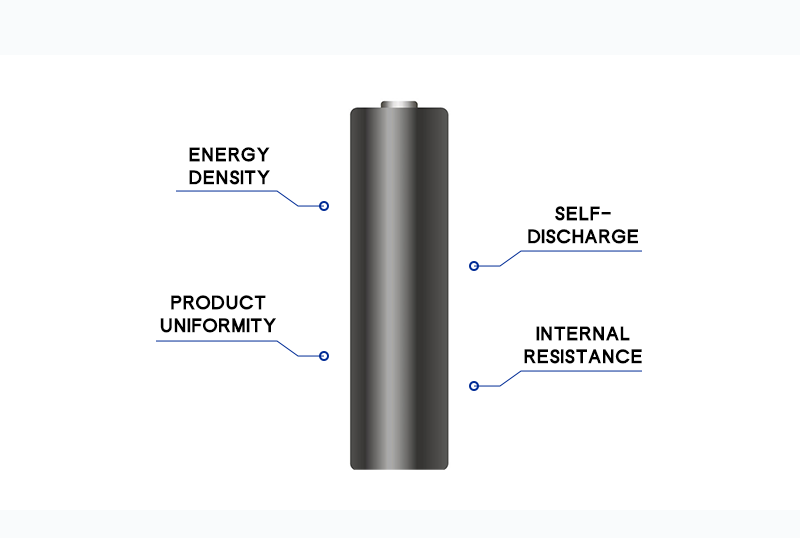
How to control energy density, product uniformity, self-discharge, and internal resistance in battery manufacturing?
Energy density: Lithium-sulfur battery has the highest energy density among primary batteries at present, with specific energy up to 590W·h/kg and 1100 (Wh/dm3).
Product uniformity: mass-produced batteries are controlled within a certain error range, and the error value is small. Maintaining the uniformity of battery performance during production can improve the yield rate of production, thereby controlling the occurrence of defective rates and reducing production costs.
Self discharge: the self discharge of ER battery is low, the annual self discharge rate is less than 1% under normal temperature, and the storage period can reach 15 years under the environment below 35 ℃.
Internal resistance: The internal resistance of the battery refers to the resistance to the current flowing through the battery when the battery is working.
Expand knowledge

How safe are ER batteries?
ER batteries are recyclable and environmentally friendly batteries that are not easy to burn.
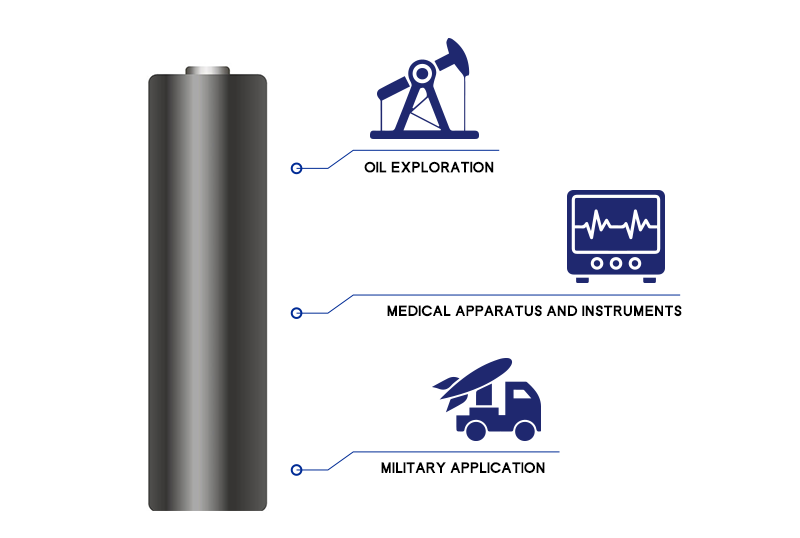
Where are ER battery applications used?
Lithium thionyl chloride batteries can be used in various fields, mainly in smart card meters (water, electricity, gas meters), computer supported power supplies, medical devices, wireless communications, oil drilling, portable communication equipment, scientific research instruments, remote control data collection systems, military applications and other electric equipment.
It is applied to oil and gas exploration in high temperature fields such as MWD (measurement while drilling), oil exploration, and whole well high-temperature environment.
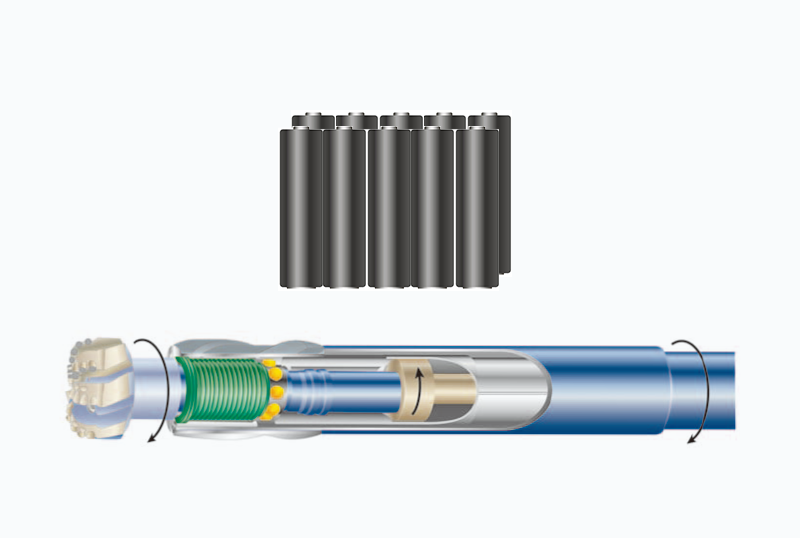
ER battery is used in which component part of MWD?
MWD tool power supply assembly.
MWD and logging while drilling (LWD) tools are powered by an autonomous power source, usually a battery. Drilling and logging services require batteries that can safely operate at high temperatures, raising the temperature limits at which they can power tools.
ER Battery Production Brief Workflow

Step1: Cathode homogenate
The main components of the negative electrode dressing are carbon and adhesive.
Prepare the materials, mix the negative solid battery materials evenly, then add the solvent, and stir them into a paste through a vacuum mixer.
After fully mixing and dispersing, compound slurry is formed.
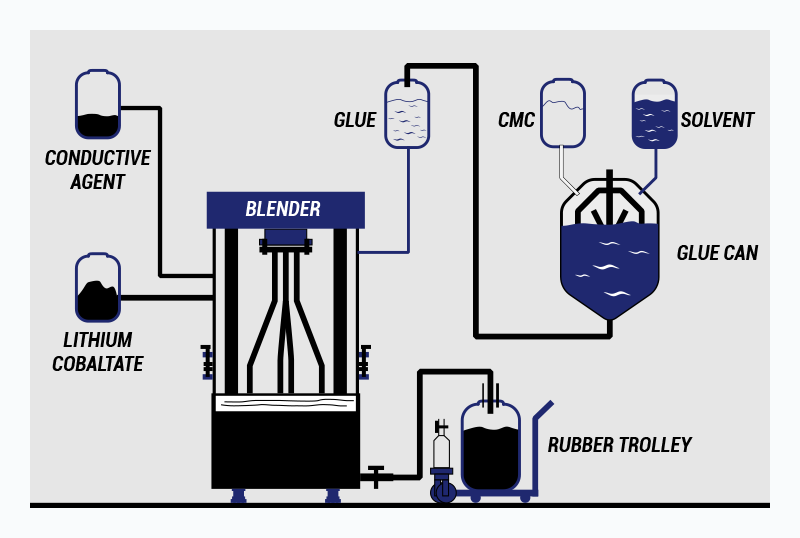
Step2: Positive homogenate
The main components of the positive electrode dressing are lithium, adhesive and conductive agent.
Prepare the materials, mix the positive solid battery materials evenly, then add the solvent, and stir them into a paste through a vacuum mixer.
After fully mixing and dispersing, compound slurry is formed.
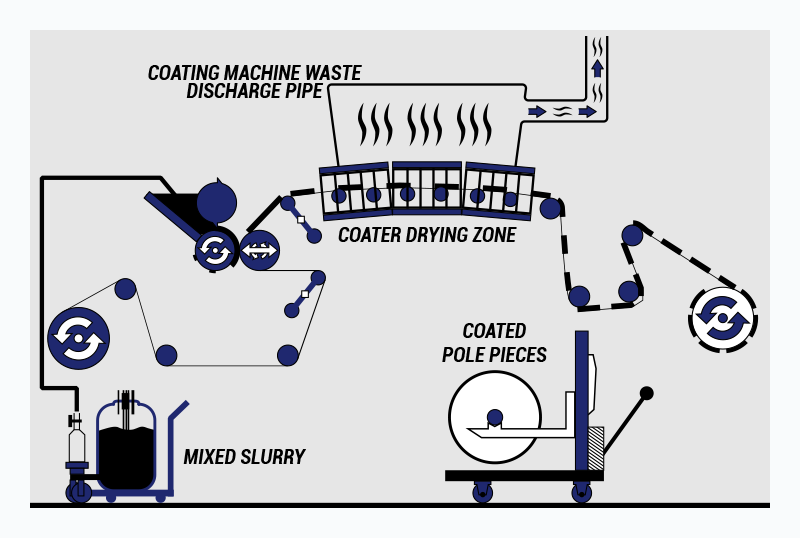
Step3: Coating
The prepared slurry is uniformly coated on the collecting fluid with the specified thickness.
Aluminum foil for positive pole and copper foil for negative pole.
Below is the baking sheet to evaporate the water and other volatile organic compounds in the slurry.
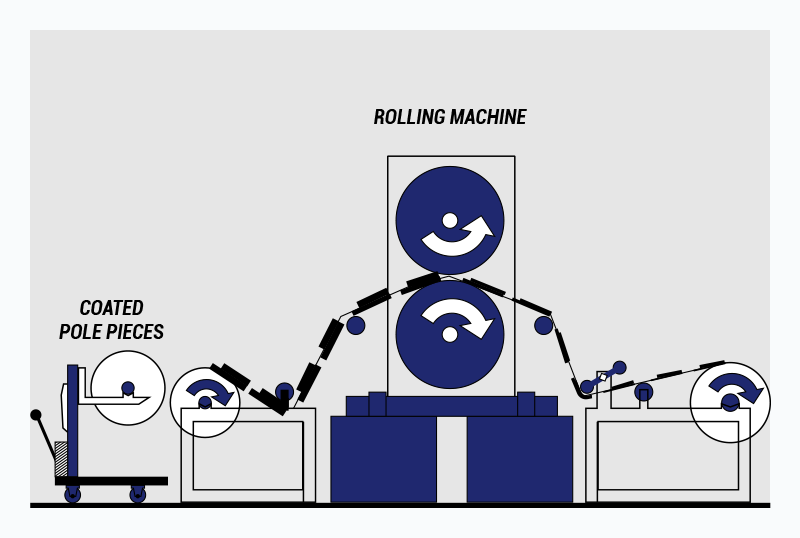
Step4: Rolling
The slurry after coating is relatively loose, and to increase the energy density of lithium batteries, it is necessary to control the thickness of the pole piece.
The coated pole piece is pressed and equalized by hydraulic pressure and counter-rolling method, so as to increase the energy density of the battery.
The flatness of the pole piece will directly affect the effect of the subsequent slitting process, and the uniformity of the active material of the pole piece will indirectly affect the performance of the battery cell.
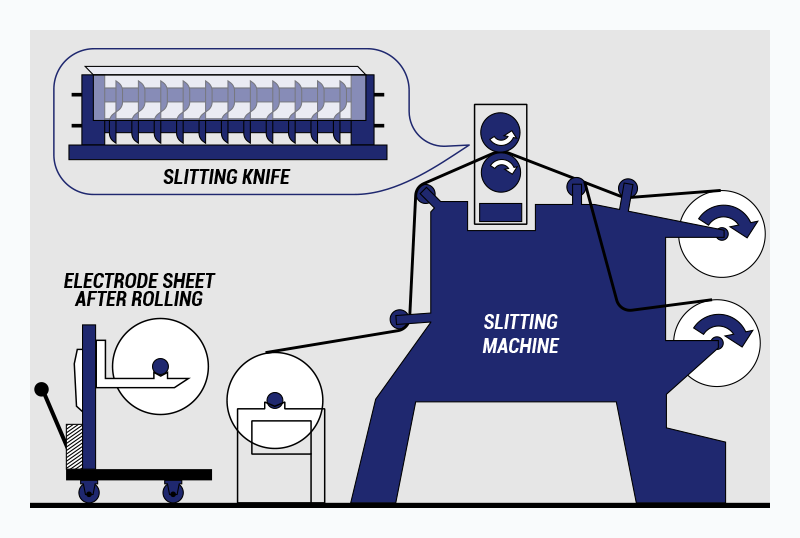
Step5: Slitting
The whole roll of pole piece is cut into several narrow pieces of required width continuously.
After slitting, the edges are required to be flat.
Expand knowledge
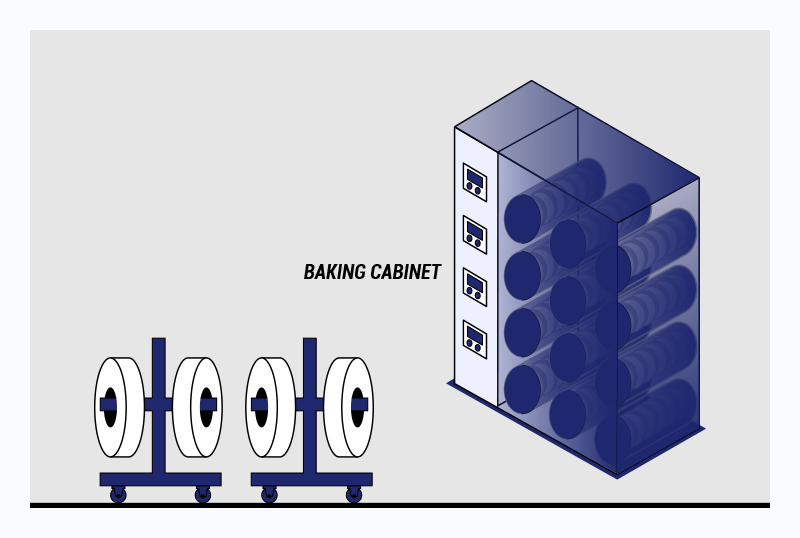
Step6: Negative electrode/positive electrode baking
After the pole piece is in contact with the air, it will absorb the moisture in the air, causing the pole piece to become thicker, and the moisture will be removed by baking.
Put the pole pieces into the oven to dry.
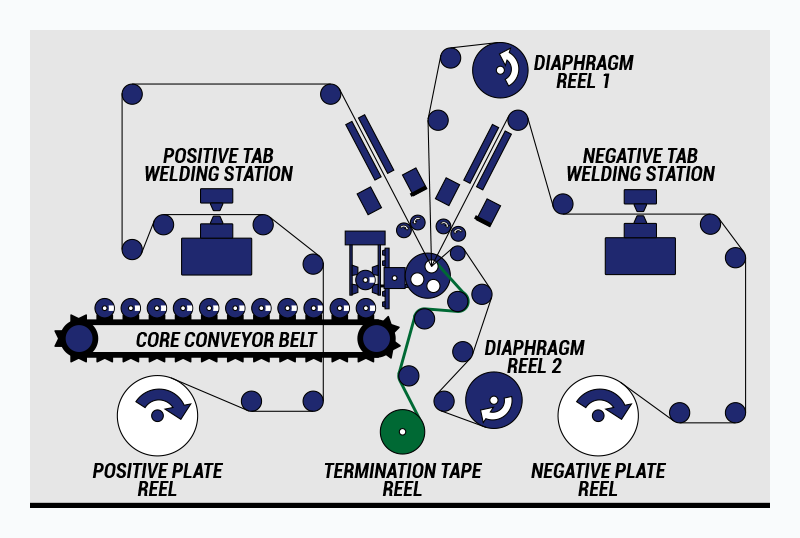
Step7: Winding
Place them in order from top to bottom. Positive electrode sheet/diaphragm/negative electrode sheet/diaphragm.
Wrapped by winding. Form battery cells.

Step8: Check alignment
Carry out machine vision alignment inspection of lithium battery pole pieces to avoid waste of finished product defects.
Expand knowledge

Step9: Insert the battery housing
Put the completed batteries into the steel case.
Expand knowledge
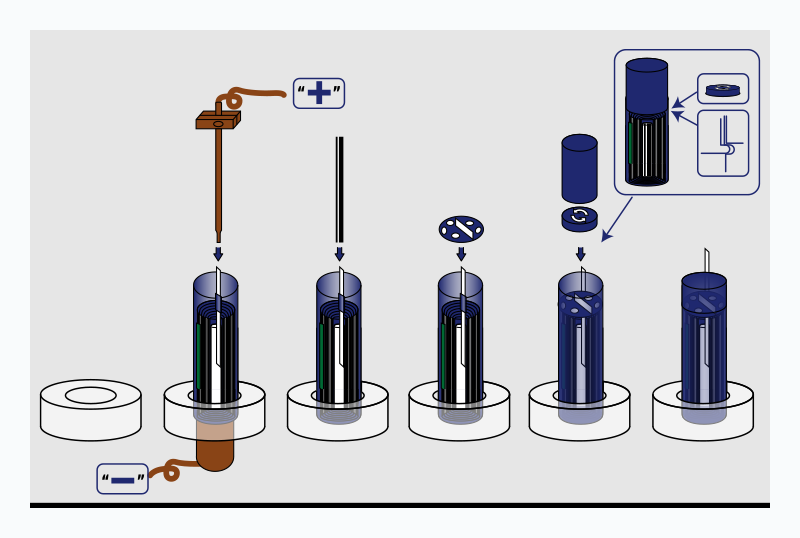
Step10: Spot welding
Weld the positive and negative tabs to the aluminum cover.
Use laser welding to weld the cover plate and the aluminum shell.
A liquid injection hole is reserved on the cover for liquid injection.
Expand knowledge
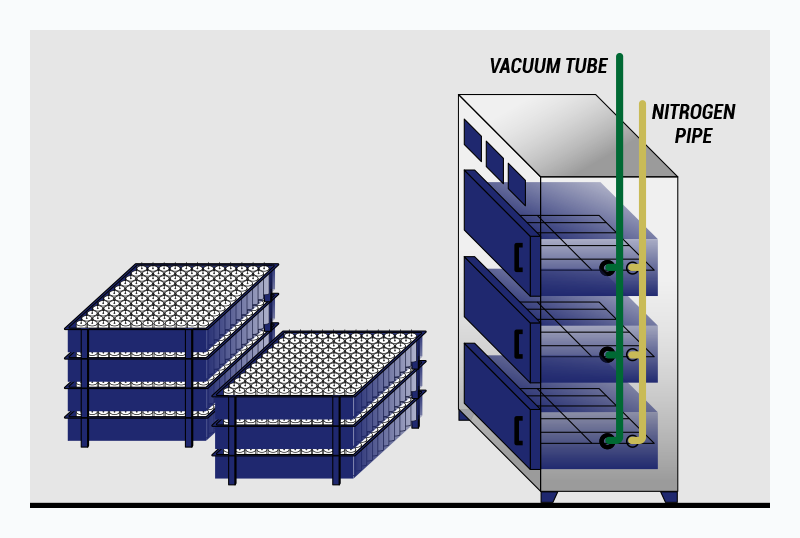
Step11: Electric core baking
Put the electric core into the baking machine.
Bake to remove moisture.
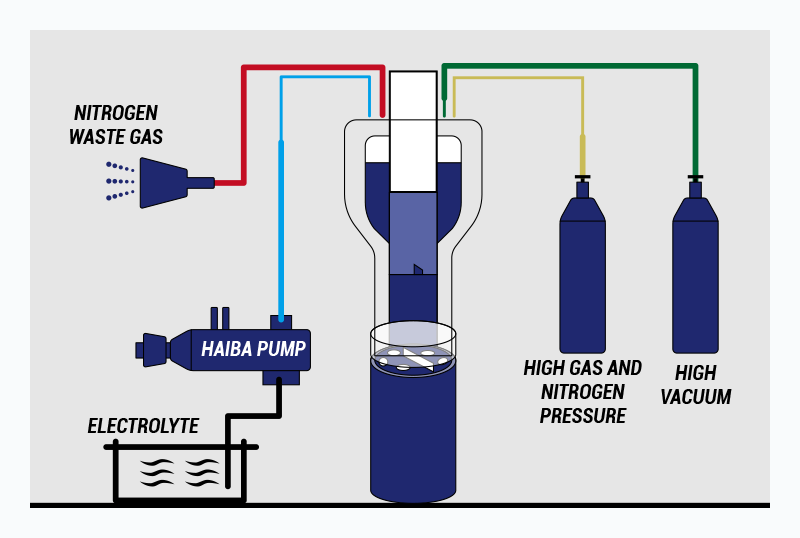
Step12: Inject electrolyte
For hard shell batteries, inject a little electrolyte first. Perform the first short charge.
Charging is completed, and the second liquid injection is performed.
After the second liquid injection is completed, seal the liquid injection hole with steel balls.
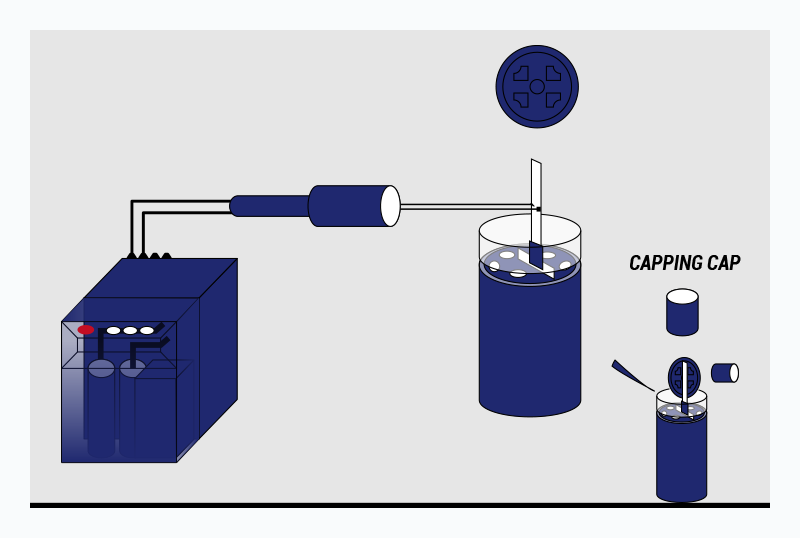
Step13: Weld, cap
Welding tension: ≥6N
Welding appearance requirements: no false welding, welding scorching, welding penetration, fracture.
Expand knowledge
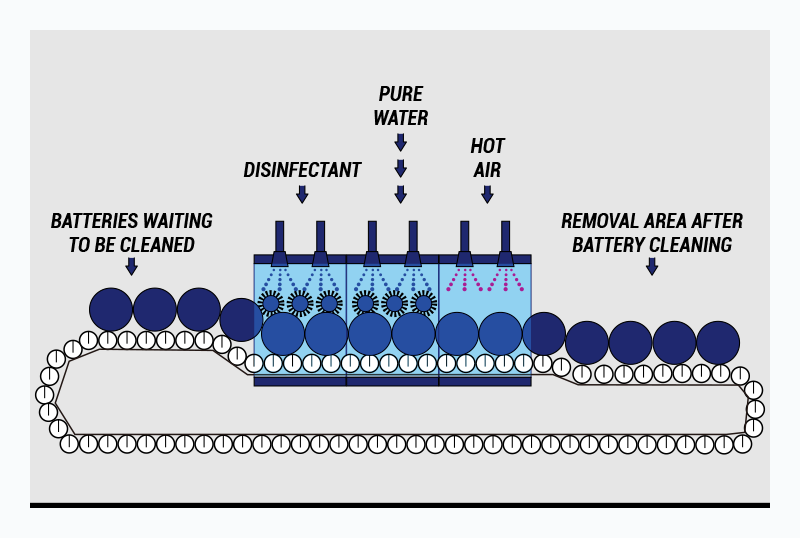
Step14: Plasma cleaning
Cleaning steps:
1. The battery is placed in the area to be cleaned.
2. After cleaning solution.
3. After purified water.
4. After hot air.
5. Flow into the battery removal area.
Expand knowledge
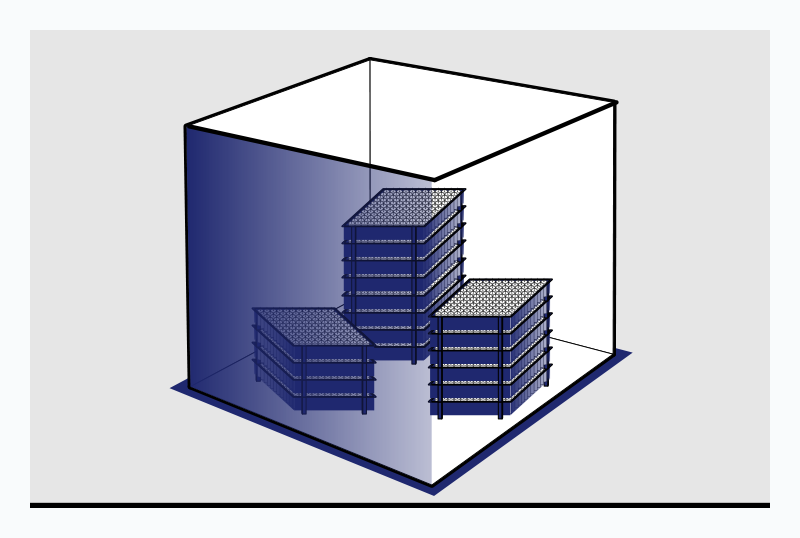
Step15: Dry/dry storage
The battery is placed in a drying room to remove moisture.
Let stand for some time in the drying room.
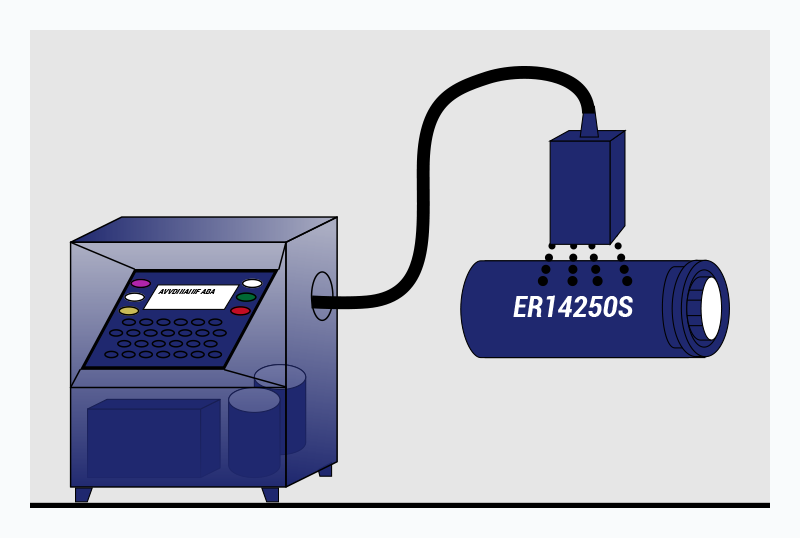
Step16: Printing code of battery shell
The printing code of battery shell is:
Material identification code
Capacity voltage printing
Manufacturing batch number
Expand knowledge
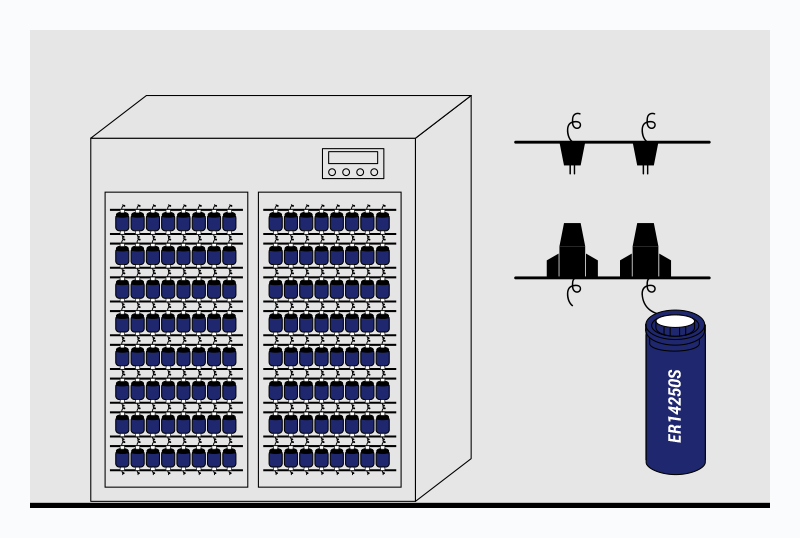
Step17: Activation and formation
The assembled battery is given a certain current.
The positive and negative active materials of the battery are excited.
After being formed, it can be used as a battery.
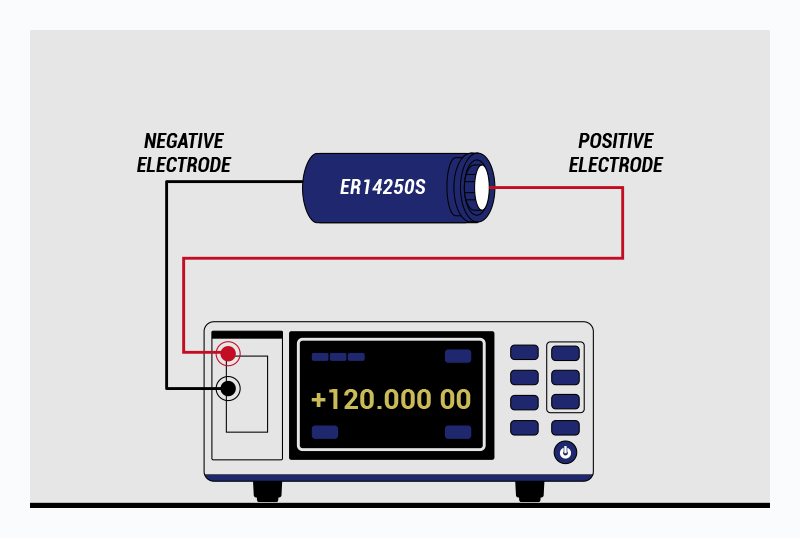
Step18: OCV measurement
OCV has two parts, OCV1 and OCV2.
OCV1 and OCV2, distinguish the open circuit voltage in different states.
Open circuit voltage measurement is one of the important inspections for detecting defective products.
Expand knowledge
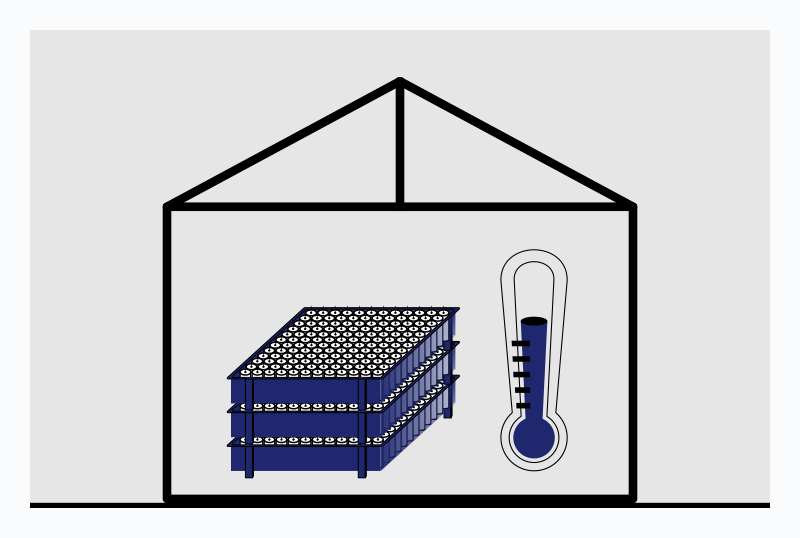
Step19: Storage at room temperature
Store lithium-ion batteries in: a cool, dry, ventilated environment.
Keep away from water, fire and high temperature.
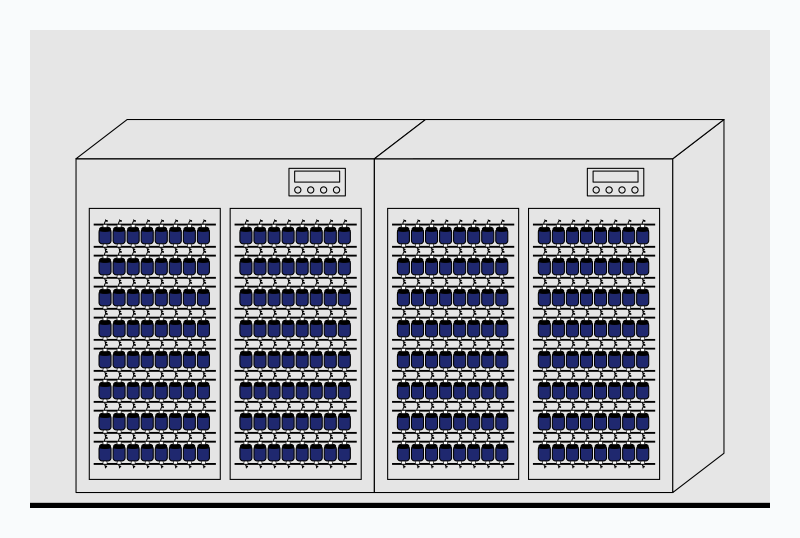
Step20: Lithium battery, sub-capacity
Capacity sorting.
Performance screening ratings.
Expand knowledge
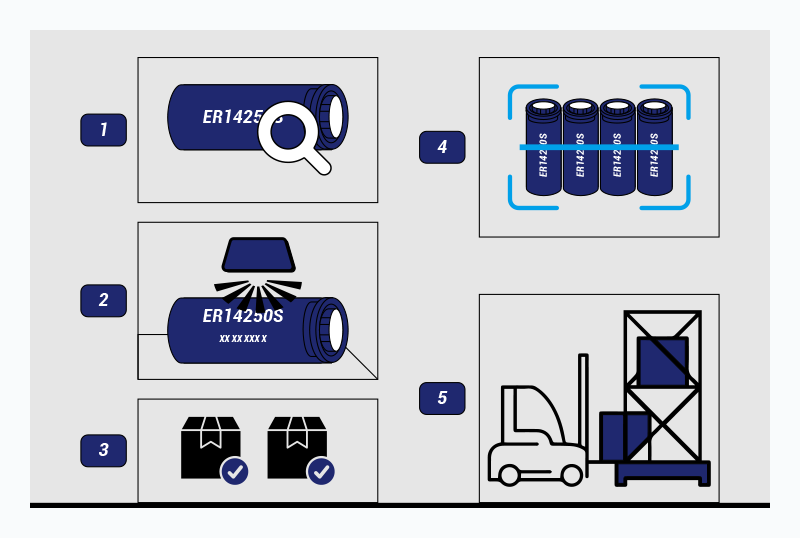
Step21: Final process
1. Full appearance inspection.
2. Spray grade code.
3. Level scan check.
4. Packaging.
5. The finished battery cells are put into storage.